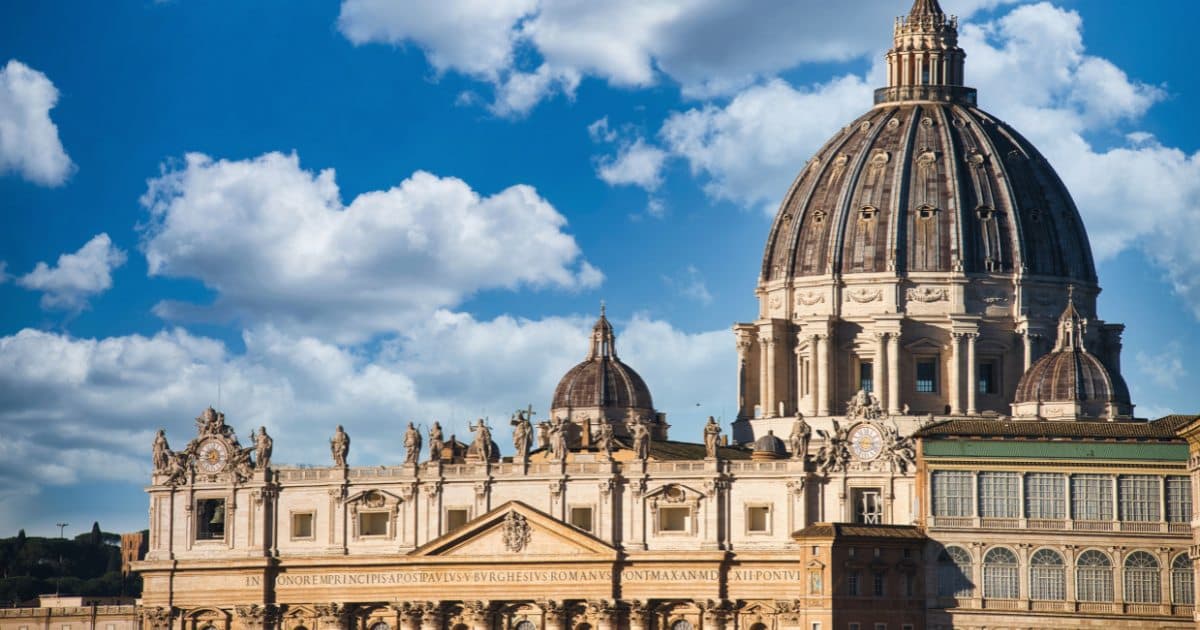Influence of St. Peter's Dome on Modern Architecture
St. Peter’s Dome stands as an iconic symbol of Renaissance architecture, representing not just the grandeur of religious devotion but also the pinnacle of architectural innovation of its time. Designed by Michelangelo, this masterpiece has left an indelible mark on modern architecture, inspiring architects and designers across the globe.
The Magnificence of St. Peter’s Dome
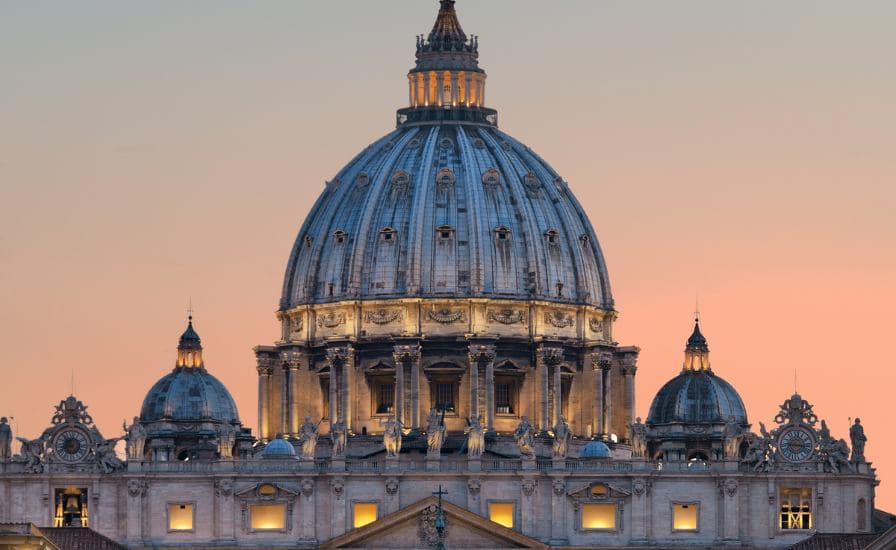
Located in Vatican City, St. Peter’s Dome is the crowning glory of St. Peter’s Basilica. This structure not only symbolizes the architectural prowess of the Renaissance period but also serves as a testament to human ingenuity. The dome’s design reflects a perfect blend of form and function, creating a space that is both aesthetically pleasing and structurally sound.
Historical Context
To appreciate the influence of St. Peter’s Dome on modern architecture, we need to understand its historical context. The dome was constructed during the 16th century, a time when architecture was undergoing significant transformation. The Renaissance period marked a departure from the Gothic style, embracing symmetry, proportion, and geometry inspired by classical antiquity.
Michelangelo, who took over the project in 1547, envisioned a dome that would surpass all others in its grandeur and elegance. His design was influenced by the Pantheon in Rome, yet he added his unique touch, creating a structure that would become an archetype for future domes.
Architectural Features of St. Peter’s Dome
St. Peter’s Dome is renowned for its remarkable features, which have influenced countless structures worldwide. Here are some key architectural elements:
Double Shell Construction: The dome consists of an inner and outer shell, a technique that enhances its structural integrity and allows for a lighter construction.
Ribbed Design: The ribs of the dome not only add to its aesthetic appeal but also provide additional support, distributing the weight evenly.
Lantern: The lantern at the top of the dome allows natural light to flood into the basilica, creating a heavenly ambiance.
Pendentives: The use of pendentives enables the transition from the rectangular base to the circular dome, a technique that has been widely adopted in modern architecture.
Influence on Modern Architecture
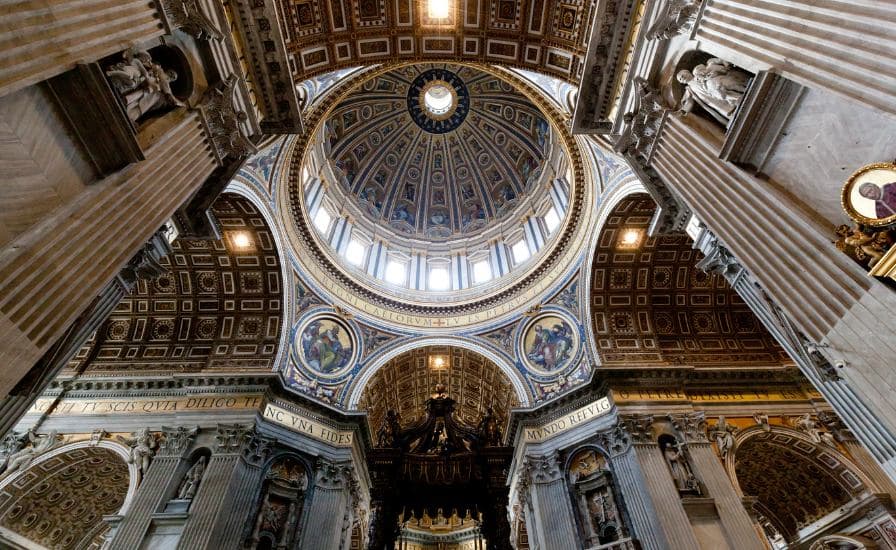
The impact of St. Peter’s Dome on modern architecture is profound. Its innovative design elements have been incorporated into various contemporary structures. Let’s explore how this magnificent dome has shaped modern architectural practices.
Inspiration for Modern Domes
Many modern domes draw inspiration from St. Peter’s Dome. Architects have adopted the double shell construction and ribbed design to create durable and aesthetically pleasing domes. Examples include:
The United States Capitol: The dome of the Capitol building in Washington, D.C., is inspired by St. Peter’s Dome. Its double-shell design and grand scale reflect the influence of Michelangelo’s masterpiece.
St. Paul’s Cathedral: Sir Christopher Wren’s design for St. Paul’s Cathedral in London features a dome that bears a striking resemblance to St. Peter’s Dome, incorporating similar structural elements and design principles.
Use of Light
St. Peter’s Dome utilizes natural light to enhance the interior space, a concept that has been widely embraced in modern architecture. The lantern at the top of the dome allows sunlight to penetrate, creating a dynamic play of light and shadow. This technique is evident in:
The Pantheon: Though predating St. Peter’s Dome, the Pantheon’s oculus inspired the use of natural light in domed structures. Modern architects continue to use this principle to create well-lit, airy spaces.
The Reichstag Dome: The glass dome of the Reichstag building in Berlin uses natural light to illuminate the interior, reflecting the influence of Renaissance design principles.
Structural Innovation
The structural innovations introduced by St. Peter’s Dome have paved the way for modern engineering marvels. The use of pendentives and double-shell construction has been adapted to contemporary needs, allowing for the creation of larger and more complex domes. Notable examples include:
The Space Needle: While not a dome in the traditional sense, the Space Needle in Seattle incorporates innovative structural elements that echo the engineering feats of St. Peter’s Dome.
Geodesic Domes: The principles of structural integrity and efficient weight distribution found in St. Peter’s Dome can be seen in geodesic domes, which are used in various modern structures for their strength and efficiency.
St. Peter’s Basilica Tours: Exploring Architectural Marvels
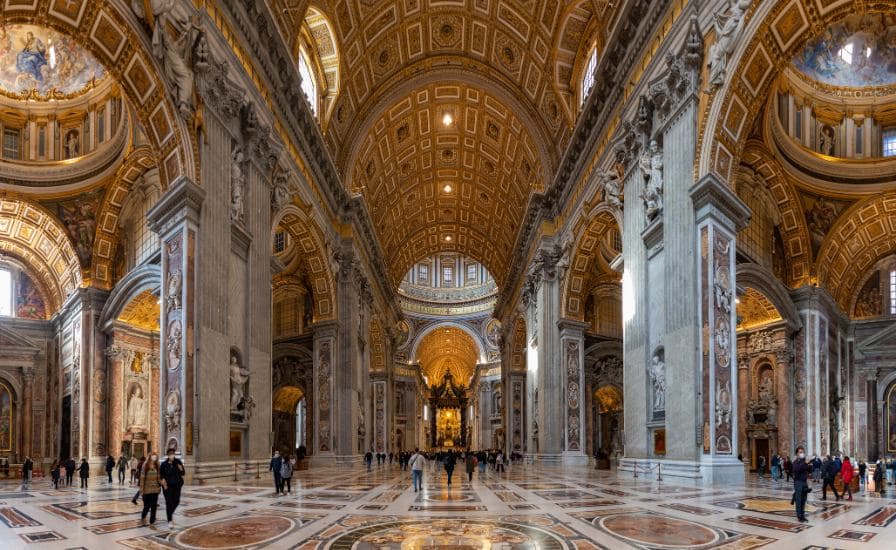
Visiting St. Peter’s Basilica offers a unique opportunity to witness the grandeur of St. Peter’s Dome up close. Various tours provide in-depth insights into the architectural brilliance of the basilica:
St. Peter’s Basilica Dome Tour: This tour allows visitors to climb to the top of the dome, offering breathtaking views of Vatican City and beyond. It provides a close look at the intricate details of the dome’s construction.
St. Peter’s Basilica Self-Guided Tour: For those who prefer exploring at their own pace, a self-guided tour of the basilica is ideal. It includes detailed information about the dome and other architectural highlights.
St. Peter’s Basilica Tours: Guided tours offer comprehensive insights into the history and architecture of the basilica, including the fascinating story of St. Peter’s Dome.
The Human Touch in Architecture
Michelangelo’s approach to designing St. Peter’s Dome was deeply humanistic. He believed that architecture should reflect the divine beauty of nature and the human form. This philosophy has resonated with modern architects who strive to create spaces that are not only functional but also emotionally engaging.
The Dome as a Symbol
St. Peter’s Dome has become a symbol of human achievement and creativity. Its towering presence inspires awe and reverence, reminding us of the heights we can reach through innovation and dedication. This symbolic aspect has influenced modern architects to create structures that evoke similar feelings of wonder and inspiration.
Integrating Art and Architecture
The integration of art and architecture in St. Peter’s Dome is a hallmark of Renaissance design. Michelangelo’s artistic vision is evident in the dome’s intricate details and harmonious proportions. Modern architecture continues to blend art with structural design, creating buildings that are visually stunning and culturally significant.
Creating Timeless Designs
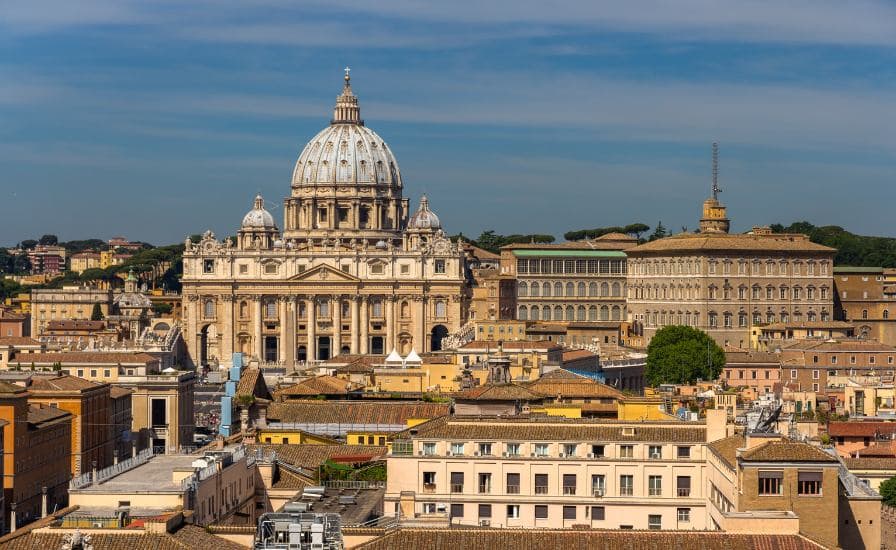
The timeless appeal of St. Peter’s Dome lies in its perfect balance of form and function. Modern architects aim to create designs that stand the test of time, drawing inspiration from the enduring beauty of the dome. The use of classical elements combined with innovative techniques ensures that contemporary structures remain relevant and admired for generations.
The Educational Impact
The influence of St. Peter’s Dome extends to architectural education. It is a subject of study in architectural schools worldwide, where students learn about its design principles and structural innovations. Understanding the construction and symbolism of the dome helps future architects appreciate the importance of combining technical skill with artistic vision.
Learning from the Masters
Studying the works of masters like Michelangelo provides invaluable insights into the creative process. Modern architects learn to approach design with the same level of dedication and attention to detail, striving to achieve excellence in their own projects.
Practical Applications
The practical applications of the techniques used in St. Peter’s Dome are evident in modern construction methods. Architects and engineers continue to refine and adapt these methods to meet contemporary challenges, ensuring that the legacy of the dome lives on in new and exciting ways.
The Future of Dome Architecture
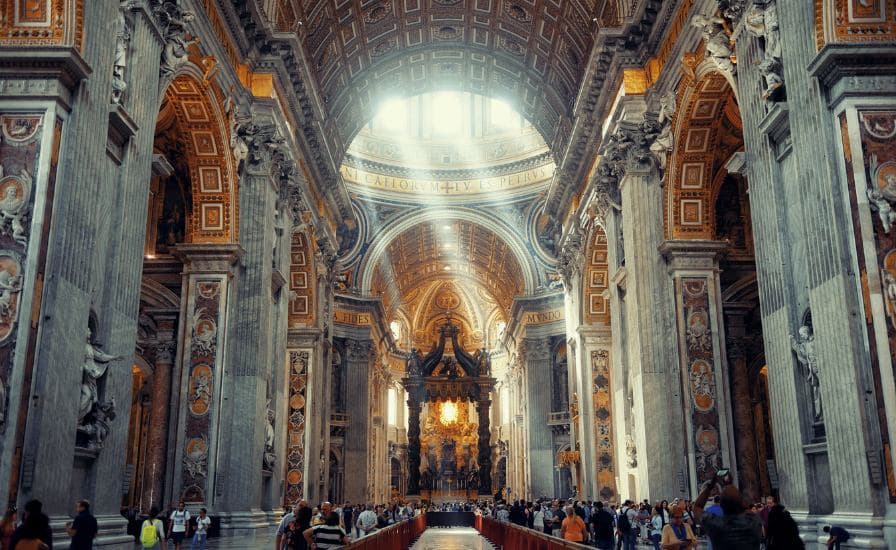
The legacy of St. Peter’s Dome continues to shape the future of dome architecture. As technology advances, architects are exploring new materials and techniques to push the boundaries of what is possible. The principles established by Michelangelo remain a guiding force, inspiring innovation and creativity in the design of modern domes.
Innovations in Materials
Modern materials such as steel and composite materials allow for the creation of domes that are lighter and more durable than ever before. These advancements enable architects to experiment with new forms and structures, expanding the possibilities of dome architecture.
Sustainable Design
Sustainability is a key consideration in contemporary architecture. The efficient use of materials and energy is essential in creating eco-friendly buildings. The structural efficiency of St. Peter’s Dome serves as a model for sustainable design, demonstrating how elegance and functionality can coexist harmoniously.
Embracing Technology
Technology plays a crucial role in modern architectural design. Computer-aided design (CAD) and building information modeling (BIM) allow for precise planning and execution of complex structures. These tools enable architects to innovate while maintaining the structural integrity exemplified by St. Peter’s Dome.
Conclusion: The Enduring Influence of St. Peter’s Dome
St. Peter’s Dome is more than just an architectural marvel; it is a symbol of human achievement and creativity. Its influence on modern architecture is profound, shaping the way architects approach design and construction. By studying and appreciating this masterpiece, we can gain valuable insights into the principles that continue to guide and inspire contemporary architecture.
Whether you’re an architect, a student, or simply an admirer of beautiful structures, exploring the legacy of St. Peter’s Dome offers a deeper understanding of the art and science of architecture. Through St. Peter’s Basilica tours, including the St. Peter’s Basilica Dome Tour and the St. Peter’s Basilica Self-Guided Tour, you can experience this architectural wonder firsthand, gaining a newfound appreciation for its timeless beauty and enduring influence.
In the ever-evolving world of architecture, the lessons learned from St. Peter’s Dome remain as relevant today as they were centuries ago. By embracing the innovative spirit and artistic vision of Michelangelo, modern architects can continue to create structures that inspire awe and admiration, just as St. Peter’s Dome has done for generations.

Vox City, The Vox Group's Dedicated Business-To-Consumer Arm For The Past Five Years, Is Staffed By Veteran Travel Industry Experts With A Combined 21 Years Of Expertise In The Tourism Industry. Let's Explore The Beauty Of Travel In Your Own Way At Your Own Pace.
Vox City International 63 Holly Walk | CV32 4JG Leamington Spa
2025 Vox City, All rights reserved.

